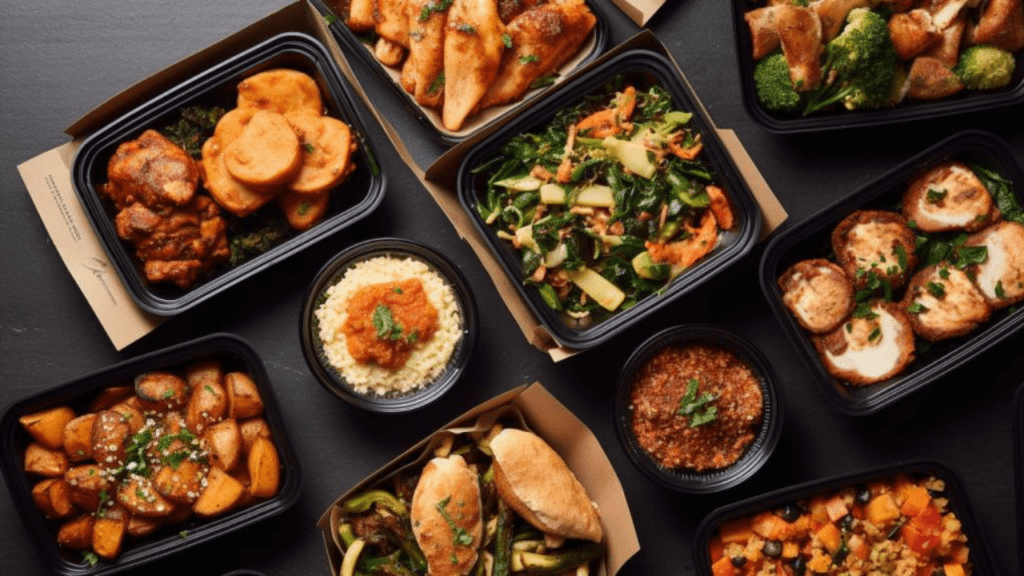Photo was created by Webthat using MidJourney
Freshly’s Farewell to Direct-to-Consumer Meal Delivery
Freshly, a meal delivery service acquired by Nestle in 2020, announces the discontinuation of its direct-to-consumer operations. This decision brings significant changes for the company and its loyal customer base, marking the end of an era.
The Rise and Fall of Freshly
During the pandemic, Freshly experienced a surge in popularity as more people turned to convenient and home-delivered meals. However, as the world gradually returned to normalcy, the demand for at-home eating declined, and economic uncertainties impacted Freshly’s growth in 2021 and beyond.
Industry Challenges and Downsizing
Freshly’s struggles reflect a broader trend in the meal delivery industry. Competitors like Blue Apron and HelloFresh have also faced challenges, with declining customer numbers and the need to downsize their operations to adapt to shifting consumer preferences.
Nestle’s Partnership and Strategic Shift
Recognizing the limitations of a pure direct-to-consumer model, Nestle made the strategic decision to partially offload Freshly through a partnership with L Catterton. This partnership highlights the growing importance of fresh food service operations and a broader focus beyond the D2C market.
Lessons Learned and Future Opportunities
Mark Schneider, CEO of Nestle, sheds light on the lessons learned from Freshly’s experience. He emphasizes the need for offerings that are truly premium, personalized, and able to capture consumer engagement.
The focus on freshness and catering to food service operators emerges as a promising avenue in an era of labor scarcity and evolving consumer preferences.
Freshly’s Transition and Workforce Reduction
As Freshly adjusts its business strategy, it begins the process of shutting down facilities and reducing its workforce. Warehouse closures and layoffs are clear indicators of the company’s transition and efforts to realign its operations with the changing landscape of the meal delivery industry.
CLICK HERE TO READ MORE ON WEBTHAT NEWS

